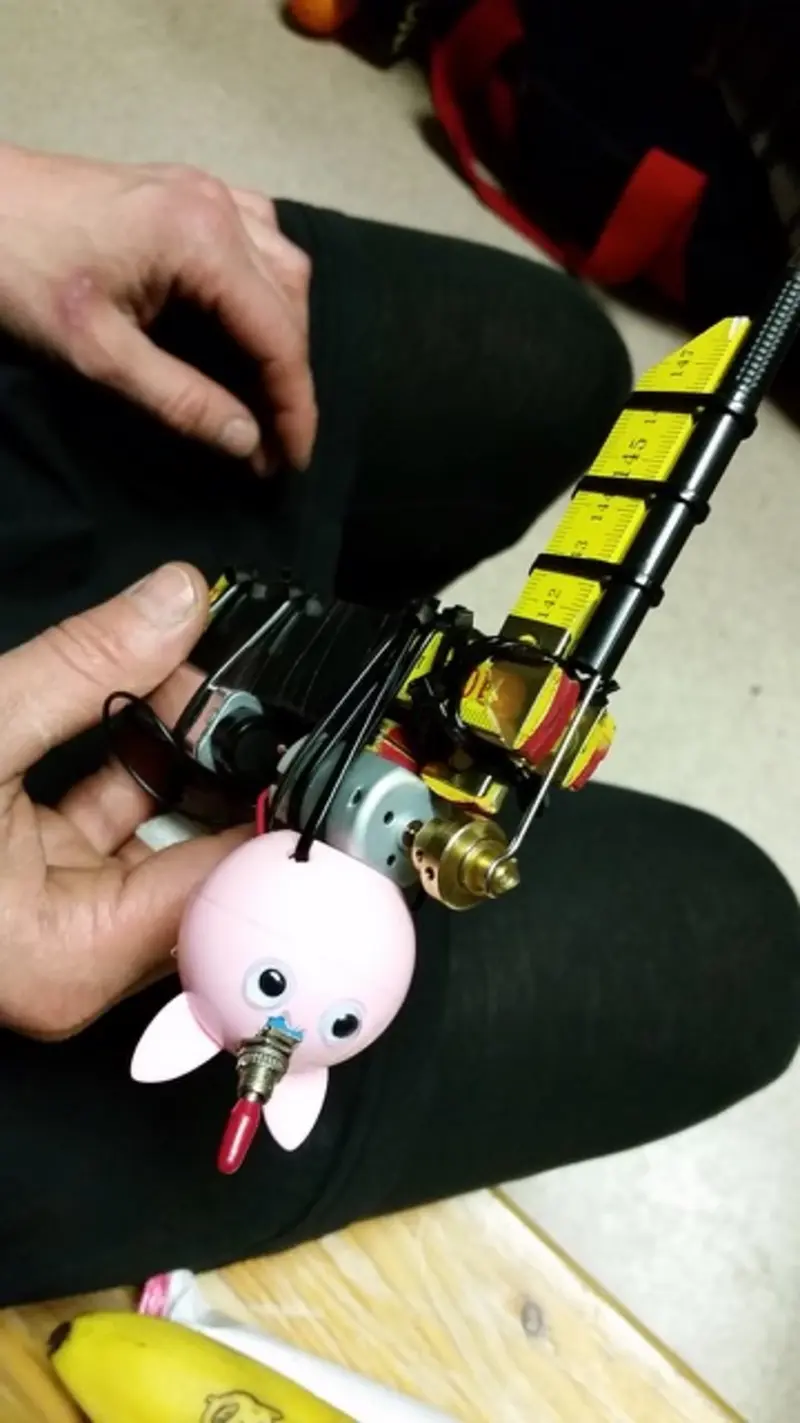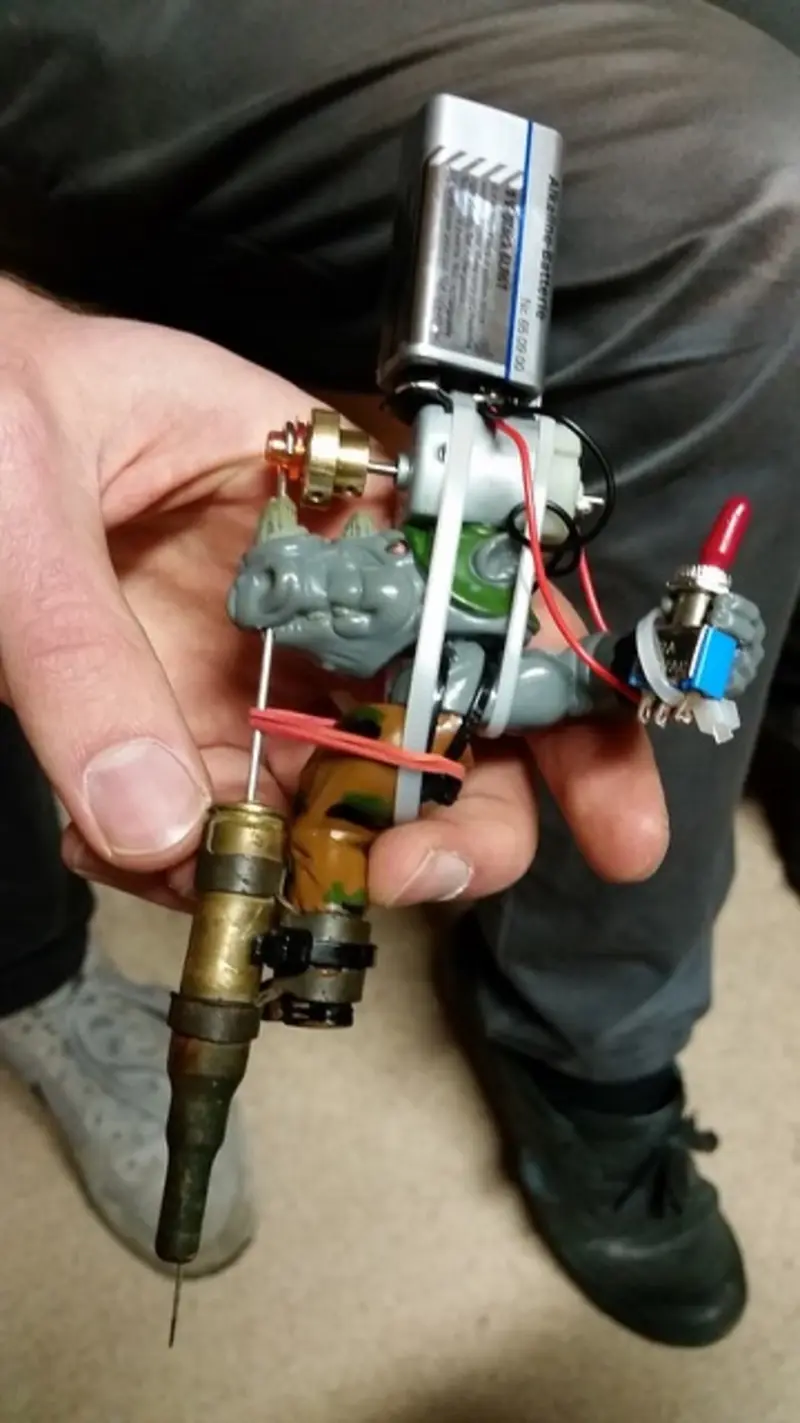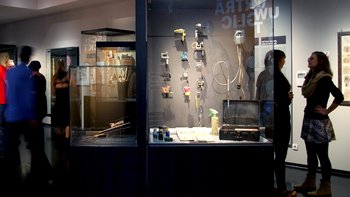[Translate to English:] text 1
The fact that people decorate and alter their bodies is not a new phenomenon. In addition to clothes and hairstyles, images and jewelry – tattooed and pierced through the skin – also adorn human bodies. Long before the global triumph of the electric tattoo machine, invented in 1891 by Samuel F. O'Reilly in the United States, various tools for tattooing and piercing were developed. Despite the high accuracy and efficiency of the electrical machines, different techniques are still being cultivated. For example, Samoan tattoos from Aotearoa / New Zealand use a baton of bone or fish teeth to chisel the paint under the skin with the aid of a bobbin. The focus here is not only the motif but also the act of tattooing: it is often a ritually regulated social action that helps to shape collective relationships.
The person who creates the tattoo, and the decision about the way it is done, has often been negotiated and decided elsewhere.



